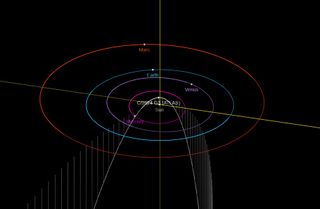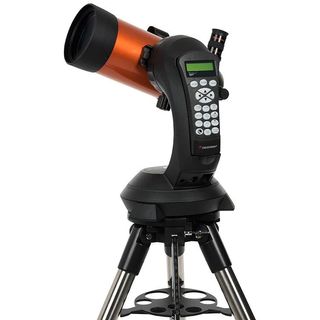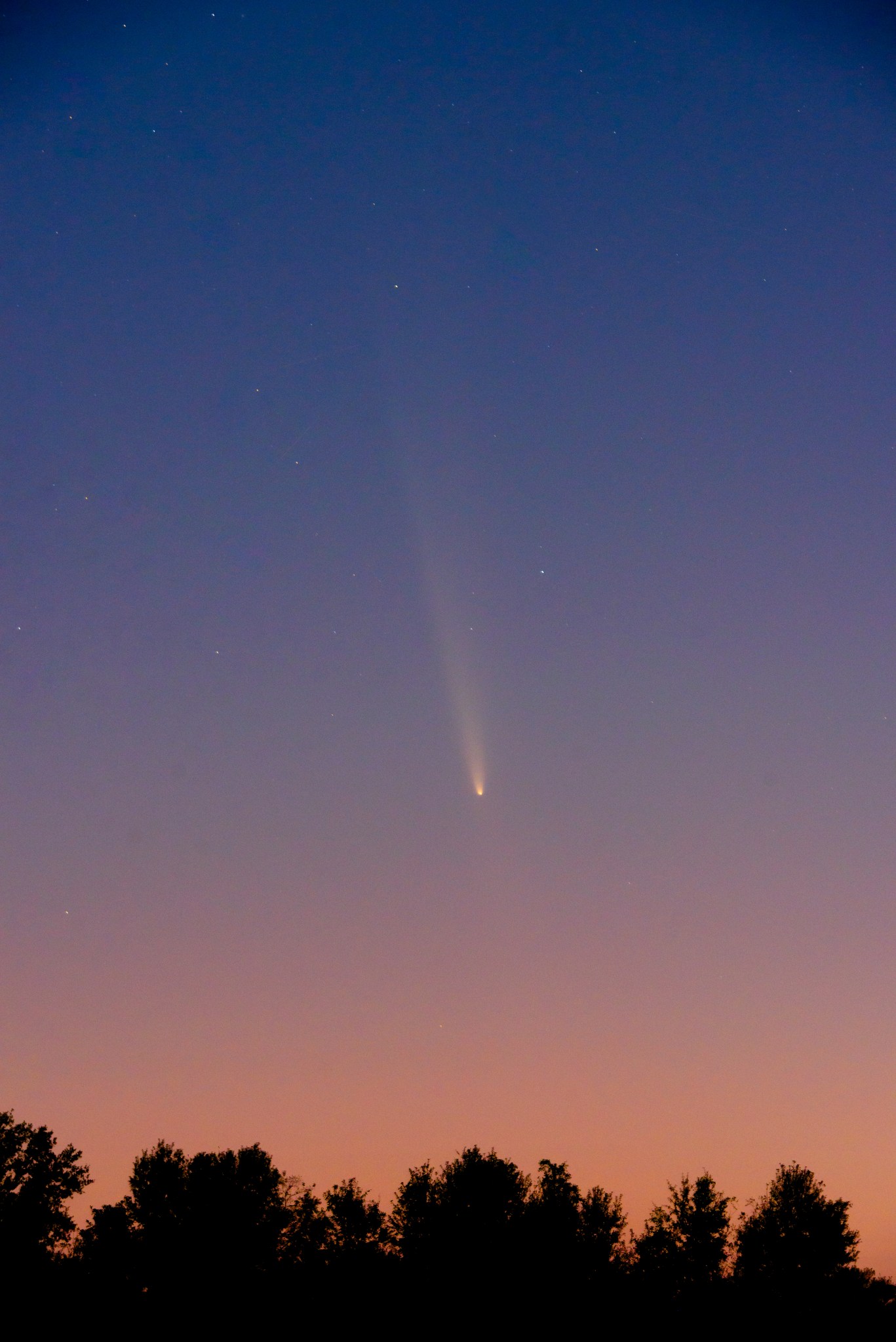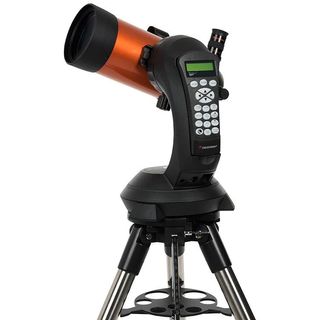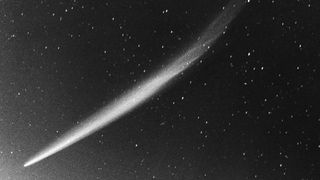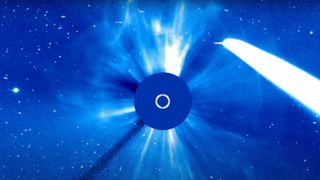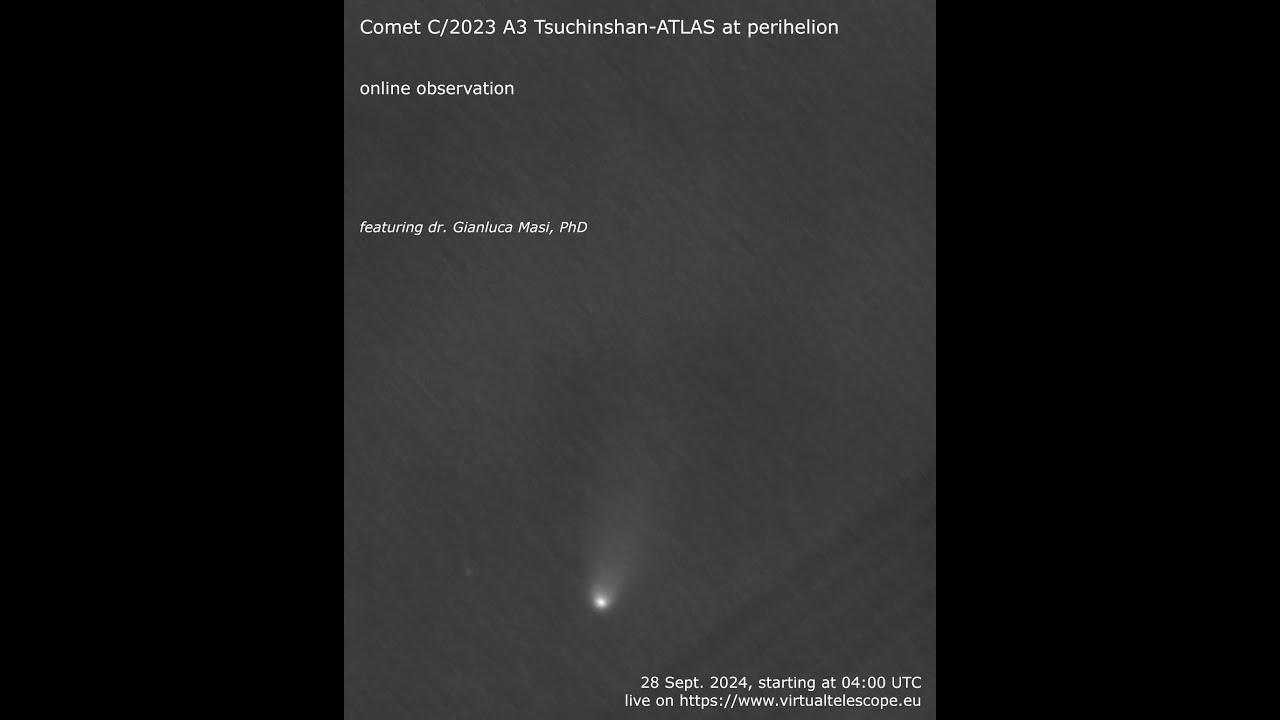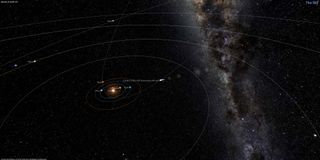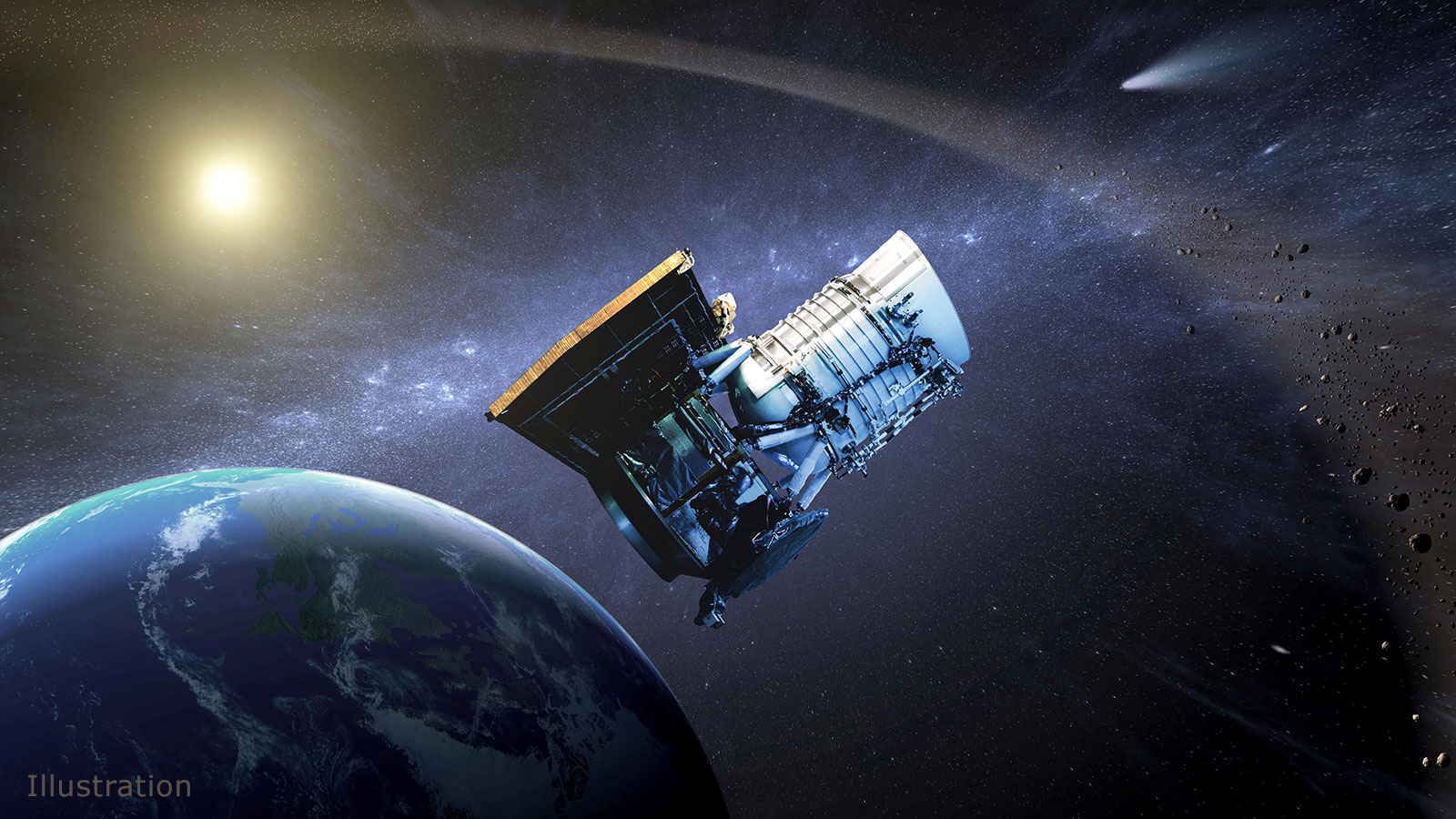In the second week of 2025, we could see a new object grace the skies as comet ATLAS (C/2024) G3 gets close to the sun. In the wake of comet C/2023 A3 (Tsuchinshan–ATLAS) in October, comet G3 is due to reach perihelion — its closest to the sun — on Jan. 13, 2025. That day, this icy visitor to the inner solar system will get to within just 8.3 million miles (13.5 million kilometers) from the sun. For context, Mercury orbits the sun from as close as 29 million miles…
Read MoreTag: Comets
Headless ‘Halloween comet’ could already be doomed
The latest update concerning “the other comet” of October 2024 — Comet C/2024 S1 (ATLAS) — is that it continues on target to completely disintegrate before it sweeps around the sun early next Monday. Back on Oct. 10, Space.com published an article indicating that this comet — which belongs to the Kreutz family of sungrazing comets — was in the process of disintegration and would likely not develop into an eye-catching object like its early October predecessor, Comet Tsuchinshan-ATLAS. However, an online story published this past Monday evening (Oct. 21)…
Read MoreNASA Michoud Gets a Rare Visitor
NASA/Eric Bordelon Comet C/2023 A3 (Tsuchinshan-ATLAS) passes over NASA’s Michoud Assembly Facility in New Orleans in this Oct. 13, 2024, image. This comet comes from the Oort Cloud, far beyond Pluto and the most distant edges of the Kuiper Belt. Though Comet C/2023 A3 will be visible through early November, the best time to observe is between now and Oct. 24. Image credit: NASA/Eric Bordelon
Read MoreComet Tsuchinshan-ATLAS is still visible in the night sky, but not for long
Have you seen comet Tsuchinshan-ATLAS yet? If you’ve not been able to glimpse the bright, icy space rock that’s traveled from the edge of the solar system, it’s not too late. But you need to see it soon. The coma and long tail of comet Tsuchinshan-ATLAS, also called C/2023 A3 (Tsuchinshan–ATLAS), is currently shining at magnitude +0.5. That’s well within the grasp of the human eye. It’s likely now past its best, but only just, and will likely remain a naked-eye object after sunset in the west until, and possibly…
Read MoreHopes dim for another bright October comet after Tsuchinshan-ATLAS
While skywatchers around the world have been raving about the performance of Comet Tsuchinshan-ATLAS, there has been talk on social media of yet another spectacular comet due to make its appearance at the end of this month. The lineage of this second object apparently connects it with a family of comets, some of which have been among the most brilliant ever observed. For this reason, some might have already branded it as “The Great Halloween Comet.” Unfortunately, it now appears likely that this will not happen. We’ll get into…
Read MoreComet Tsuchinshan-ATLAS photobombs SOHO spacecraft during powerful solar flare (video)
Nothing makes a photo more interesting than an unexpected guest appearing in the background. And how cool would it be if the photobomber were a comet? That’s exactly what happened to the sun-studying Solar and Heliospheric Observatory (SOHO) spacecraft, a joint effort of the European Space Agency (ESA) and NASA, beginning on Oct. 7. Typically, scientists use the view from SOHO’s Large Angle Spectrometric Coronagraph (LASCO) instrument to monitor the sun’s activity and determine if a coronal mass ejection (CME) accompanies a solar flare from active sunspot regions. Coronographs block…
Read MoreWatch spectacular Comet Tsuchinshan-ATLAS rise during the early hours of Sept. 28 with this free livestream
Comet C/2023 A3 Tsuchinshan-ATLAS at perihelion: online observation â 28 Sept. 2024 – YouTube Watch On Comet C/2023 A3 Tsuchinshan-ATLAS has been making quite a name for itself these past few weeks, providing a dazzling spectacle for early morning risers wishing to catch a glimpse of the “dirty snowball” as it streaks through the predawn sky. On Sept. 27, the comet will reach its perihelion — the closest distance to the sun. At 1:55 p.m. EDT (1755 GMT) the comet will be about 36.4 million miles (58.6 million kilometers) away…
Read MoreAstronomers just discovered a comet that could be brighter than most stars when we see it next year. Or will it?
This article was originally published at The Conversation. The publication contributed the article to Space.com’s Expert Voices: Op-Ed & Insights. Jonti Horner is an astronomer and astrobiologist based at the University of Southern Queensland, in Toowoomba, Queensland. Hot on the heels of the disappointing Green Comet, astronomers have just discovered a new comet with the potential to be next year’s big story – C/2023 A3 (Tsuchinshan-ATLAS). Although it is still more than 18 months from its closest approach to Earth and the sun, comet Tsuchinshan-ATLAS already has social media buzzing, with optimistic articles being…
Read MoreNASA’s NEOWISE Extends Legacy With Decade of Near-Earth Object Data
6 min read Preparations for Next Moonwalk Simulations Underway (and Underwater) This artist’s concept depicts the NEOWISE spacecraft in orbit around Earth. Launched in 2009 to survey the entire sky in infrared, the spacecraft took on a more specialized role in 2014 when it was reactivated to study near-Earth asteroids and comets. NASA/JPL-Caltech As the infrared space telescope continues its long-duration survey of the universe, it is creating a unique resource for future astronomers to make new discoveries. NASA’s NEOWISE mission has released its 10th year of infrared data –…
Read MoreNASA’s NEOWISE Celebrates 10 Years, Plans End of Mission
NEOWISE is depicted in an artist’s concept in front of an image of the infrared sky that the mission captured. The string of red dots moving across the sky near the center of the image is Holda, the first asteroid the space telescope detected shortly after being reactivated in 2013. NASA/JPL-Caltech The asteroid and comet-hunting infrared space telescope has gathered an impressive haul of observations, but it’s now at the mercy of the Sun, which is accelerating its demise. NASA’s NEOWISE has had a busy decade. Since its reactivated mission…
Read More